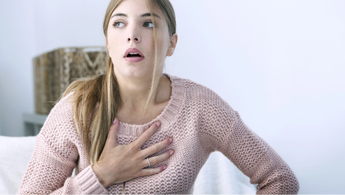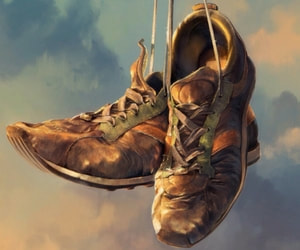|
What is it?
The rotator cuff is actually made up of 4 different muscles surrounding the shoulder: the infraspinatus, supraspinatus, subscapularis, and teres minor. These muscles collectively function to add compressive forces to the humeral head and contribute to stabilization of the glenohumeral (shoulder ball and socket) joint. They need to be strong and flexible in order to allow for full range of motion and function of the shoulder girdle. How is it injured and treated? These muscles are negatively affected by poor posture and positioning of the shoulder complex as well as weakness, and can be subject to overuse injuries and aggravation leading to small or large tears or tendonitis, which is inflammation. Often, patients respond well to conservative treatment including physical therapy, pain and inflammation management, and rest. In physical therapy, emphasis is placed on restoring proper biomechanics and joint movements, as well as addressing dysfunction and trigger points in the muscles. The muscles will then gradually be strengthened with proper form, including specific external and internal rotational strengthening, scapular stabilization, and overall functional strengthening. Sometimes, a steroid injection is required to help calm the area depending on the severity of the injury. If a severe tear is present, and conservative measures are unable to fully restore function and reduce pain, surgical intervention and repair may be required. Generally speaking, patients with minor tears and overuse injuries respond well to physical therapy interventions. Hope this helps you understand a little more about what the rotator cuff is and how it is treated.
0 Comments
Many people ask "which pillow is the best for me?" There are many choices out there, and each person is unique with their body and situation, but here are a few helpful guidelines. Your pillow should be supportive to your structure. If you are a “back sleeper”, it is helpful to have a slightly firmer pillow so your neck is fully supported, but not propped up so much that your head tilts forward (no chin to chest movement).
If you are a “side sleeper”, you may need to experiment with proper thickness and support Have you ever had questions about pelvic health? Do you have increased urinary frequency, leakage, or the sudden urge to go to the bathroom? What about pain or discomfort? All of these are issues that can be addressed with pelvic floor rehabilitation. Pelvic floor rehabilitation is a unique type of physical therapy addressing the muscles inside your pelvis, which are important for maintaining continence and providing stability to your pelvic region. If these muscles aren’t working properly, dysfunction occurs, including incontinence or increased urge to urinate, or pain. Over time, this can worsen with continued abnormal patterns. Some tips to maintain good bladder health are as follows:
Is your workout due for an annual checkup? Most of us don’t think twice about getting an annual physical or seeing the dentist, eye doctor, and various other healthcare specialists for our yearly checkups. But, have you ever thought about an annual fitness physical? Hmm. Maybe you should!
Recommendations for regular exercise, increased aerobic training, or targeted strength training are everywhere. You may have even heard it from your doctor. But these recommendations often lead to more questions than answers. What exercise is appropriate? |
AuthorsA collaborative effort from the experienced staff at IT&W Archives
May 2023
Categories |
Blog updates |
|
2224 Virginia Beach Blvd Suite 106, Virginia Beach, VA 23454
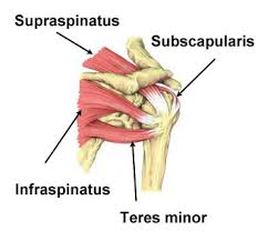
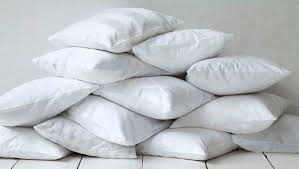
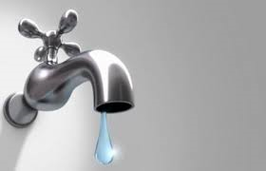
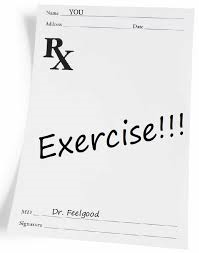
 RSS Feed
RSS Feed
